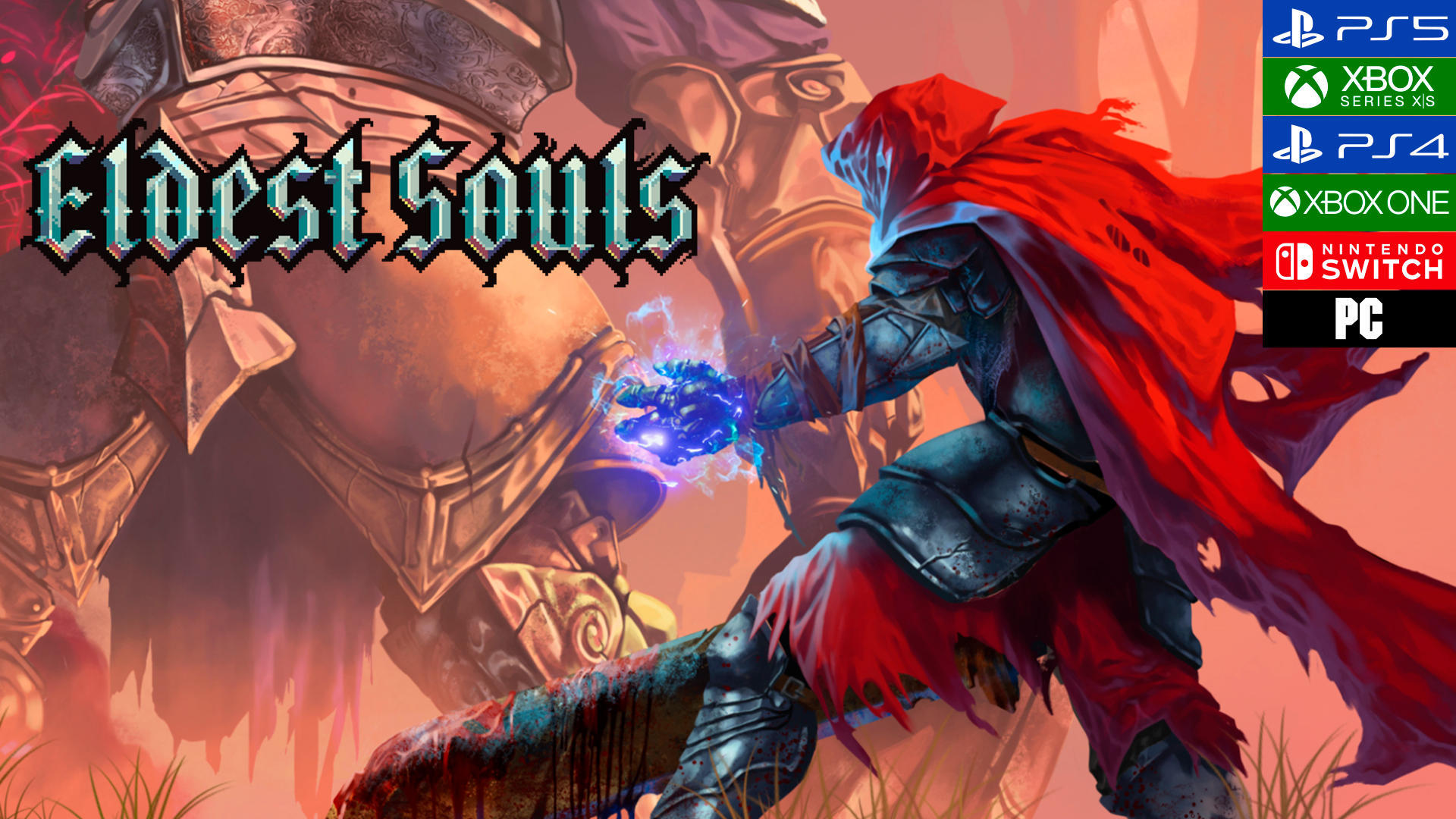
Thankfully the controls which allow these tactics are extremely tight and responsive, and when you get tagged or die, you can always put your finger on why either getting cocky or pushing your luck, each of which are usually fatal. This is the sum total of basic combat – slide, whack, run, dodge, repeat. You can also choose to expend your whole Bloodthirst bar in one attack, known as a Bloodburst, which can deal some heavy damage on its own. In this way, you are forced to take the fight to the bosses rather than trying to play a waiting game and hoping they die of old age. If you charge up a dash attack, and it hits the boss, this will fill your Bloodthirst bar, and any subsequent hits on the boss will refill your health bar, pretty much until the bar empties, when you’ll have to begin the process again. The only way to gain health is by whacking a boss and stealing its vitality, with a mechanic called Bloodthirst. You see, there are no healing items here, and certainly no Estus Flask to rely on. Now, it’s about here I should add in some lines about the unique mechanic that Eldest Souls brings to the table. So, having discussed the story and the way that Eldest Souls is presented, it’s onto the meat of the issue: how does it play? Well, one answer would be “brutally”, and another would be “WHOA NO WAY, I WAS DODGING, OH COME ON!” as the last sliver of your health bar vanishes and you are left looking at the Retry screen for the umpteenth time in a row. You see, if you can tear a small fragment of your attention away from trying to stay alive, it’s possible to watch the bosses actions to see what attack they are going to use next, through subtle cues, like where a weapon is held, and some not so subtle ones, like what colour the crest behind them is. The animation of the character is bang on, yet with that of the bosses things have been kicked up a notch. It puts me in mind of some of the aspects of Dead Cells, another fantastic looking retro-styled game the comparison is well-deserved.


It’s a sort of top-down, isometric-type view, and the sprites of your character and the bosses are drawn in a great pixel art style. It’s the visual look that should be the next thing to comment on, and boy does Eldest Souls look good. In fact, Eldest Souls as a whole has no sort of cannon fodder enemies – if you are going to fight, it will be with massive bosses or nothing. And guess what your job is? That’s right, God Killer-in-Chief! Grabbing your trusty Obsydian sword, it’s your job to go and introduce the pointy end to the Gods, in a boss rush-style.

What you need to know here and now though, and pretty much to get going, is that all the Elder Gods have been imprisoned in a Citadel, and now, for reasons, they have to be killed.

Nope, if you want to learn more about what is going on, you’ll need to seek out items in the environment to fill in the back story. We’ll deal first of all with the story of Eldest Souls and this very much follows in the Dark Souls template for story telling, with absolutely zero hand holding and spoon feeding of the narrative.


 0 kommentar(er)
0 kommentar(er)
